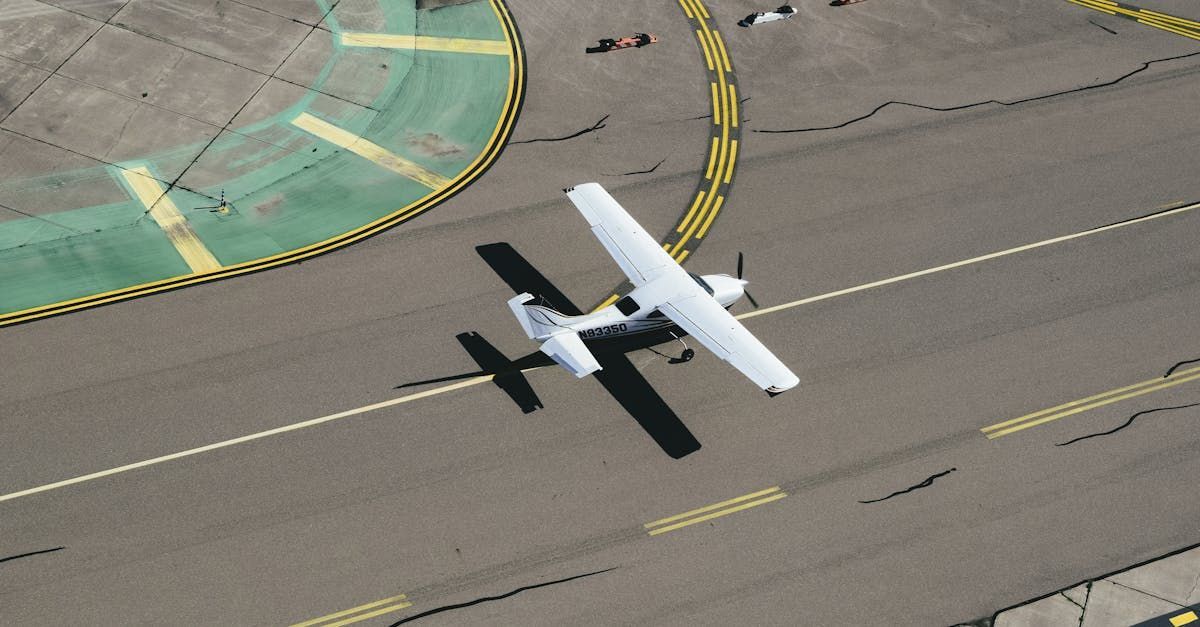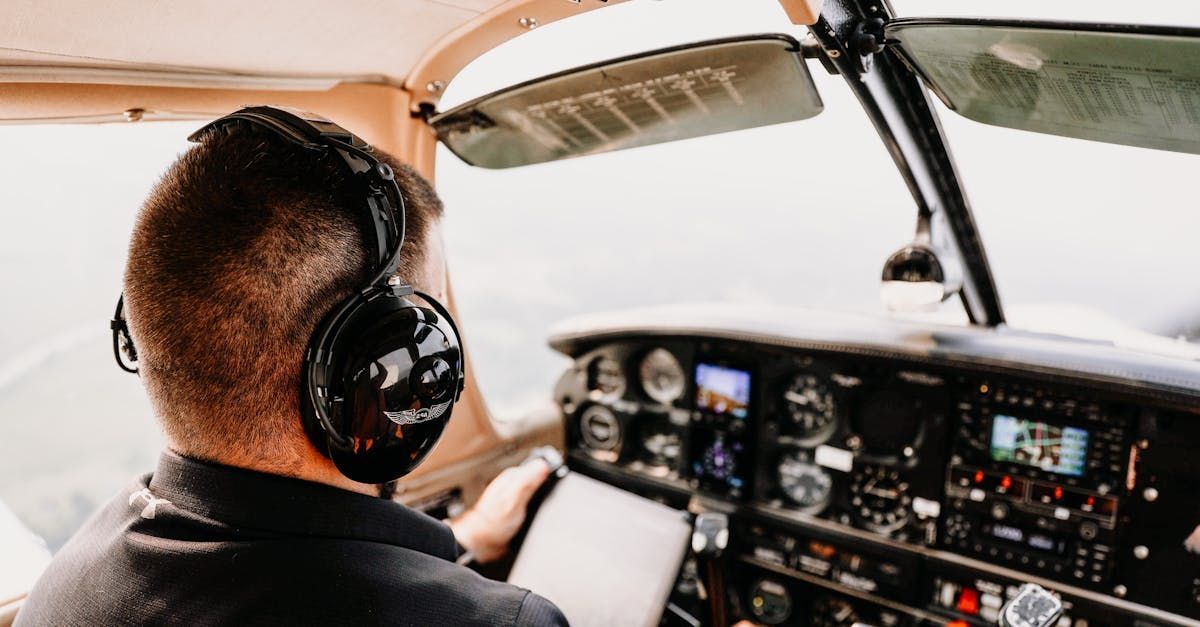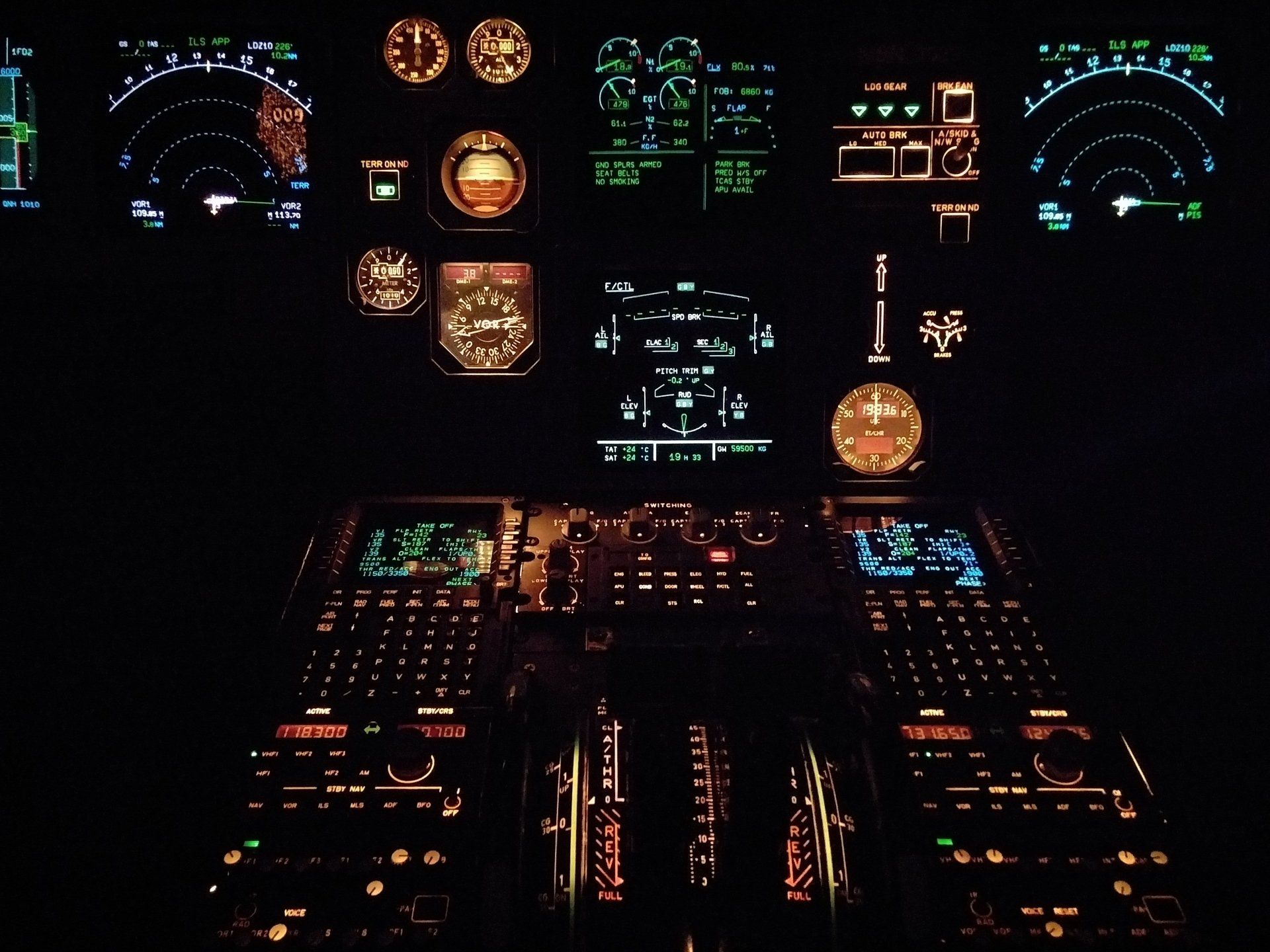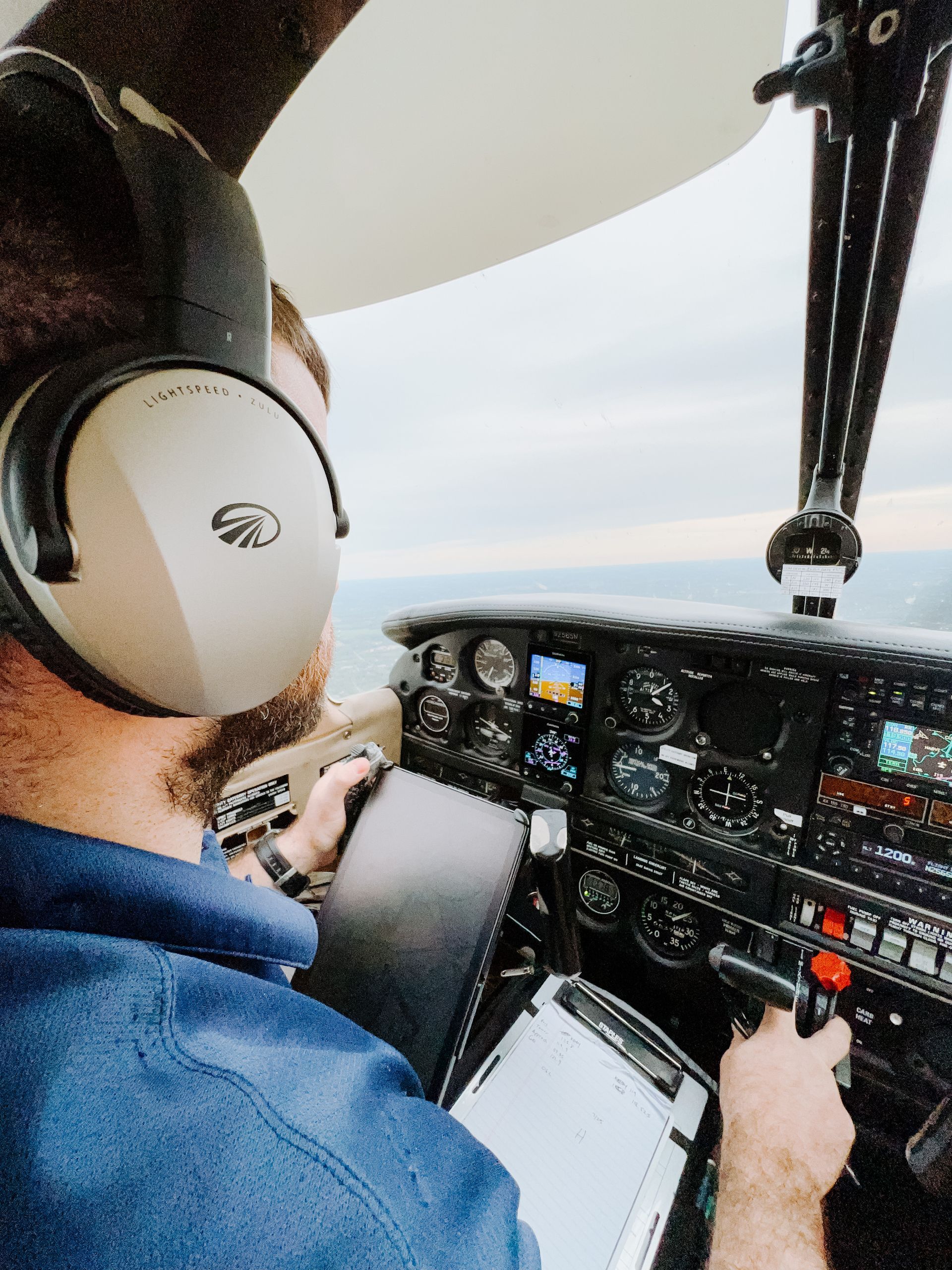The new TAF3
Take three for the Terminal Aerodrome Forecast

Diligent pilots would have noticed a change in aviation forecasting over the past few years commencing in 2017 with the introduction of Graphical Area Forecasts (GAF) and Grid Point Wind Temperature profiles (GPWT) replacing the old ARFOR. As if 2020 has been challenging enough for pilots, this updating of meteorological information has continued this year with the introduction of the TAF3. For those readers wondering what a TAF3 replaces, allow us to elaborate. The Trend Type Forecast (TTF) is now superseded by the new TAF3 however rest assured not too much has changed.
A TAF3 service is a TAF issued routinely every three hours and receives priority, pro-active amendments to ensure it contains the latest forecast information. For the first three hours of the TAF 3, the traditional half hour buffers will not apply to any holding or from periods, just like the TTF that it replaced. However after the first 3 hours of TAF3 validity, the traditional buffer periods are once again required.
The TAF3 will be provided in ten major airports around Australia and monitored over a 24-hour period, and military bases when staffed. If you are looking at your weather report to find the elusive TAF3 you must look at the bottom of the forecast in the remarks, this will also include if it is not monitored for a 24hour period and when the service will cease. Approved met observers are placing bets on what will be slightly tweaked next, the leading contenders include the AIRMET changing to a GROUNDMET and an AWIS publishing the top ten radio bloopers of the week.
DDAC Instructors










